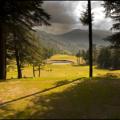Monsoon Festivals: How India Celebrates the Rains A 2025 Guide
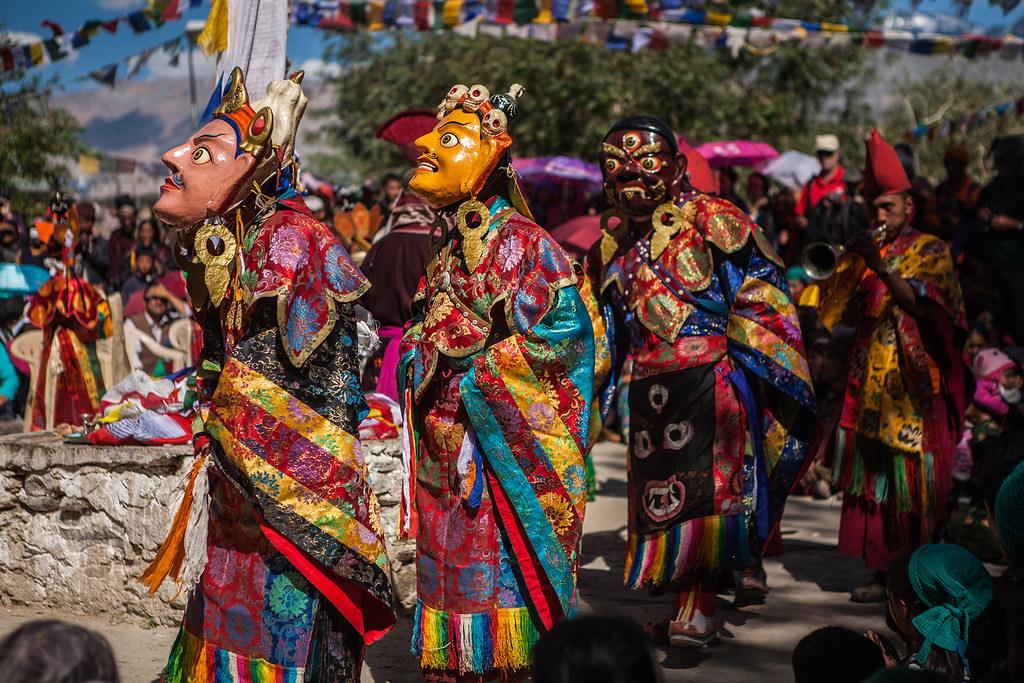
The first drop of monsoon rain in India hitting the parched earth releases a distinctive scent that Indians have a word for: “petrichor.” This earthy fragrance marks the beginning of India’s magical monsoon season, when the country transforms from dusty browns to lush greens, and some of the most vibrant monsoon festivals in India spring to life across the subcontinent. While most tourists often flock to India during winter, those who understand that the monsoon season (June to September) offers a unique cultural experience. Rain in India isn’t just weather – it’s a celebration, a lifeline, and the backdrop for some of the country’s most traditional festivals celebrated in the rainy season.
So grab your umbrella and prepare to get a little wet as we splash through India’s most captivating monsoon festivals – a truly immersive travel experience for anyone who wants to witness the magic of India during the rains
In this Blog
Celebrate São João in Goa: Monsoon Festival of Music, Merriment & Traditions

If you’ve ever wanted to see grown adults leaping enthusiastically into wells with complete abandon, the Sao Joao festival in Goa in monsoon is your calling. Celebrated every year on June 24th, this vibrant monsoon festival honours St. John the Baptist. It’s one of the most unique Indian festivals tied to both faith and fun. During Sao Joao in Goa, locals celebrate by jumping into wells, ponds, and streams while shouting the iconic phrase “Viva Sao Joao!” The streets come alive as men don crowns made from seasonal fruits, flowers, and palm leaves, looking like walking fruit baskets parading through colourful villages. The festival feels like a massive, joyous pool party in Goa’s monsoon season, where entire communities come together, making it one of the most joyful cultural festivals in Goa and a standout among monsoon festivals in India.
Saputara Monsoon Festival: A Complete Guide to Gujarat’s Hill Station Celebration
Saputara transforms from a quiet hill station in Gujarat into a buzzing cultural hub during the annual Saputara Monsoon Festival. Held every year from August to September, this relatively young event was originally launched to boost Gujarat monsoon tourism, but it has quickly grown into one of western India’s most captivating monsoon festivals.Misty hills, gushing waterfalls in Saputara, and lush emerald valleys set the perfect scene for a wide range of experiences, making it one of the best monsoon getaways in Gujarat and a top rainy season destination in India. You can enjoy the Dangi tribal dance performances, try your hand at traditional tribal crafts, or fuel your adrenaline with adventure sports in Saputara like paragliding and ziplining. Food stalls serve rare tribal delicacies alongside beloved Gujarati classics, and local art exhibitions spotlight the rich cultural heritage of Dang. It’s a perfect blend of cultural depth, eco-tourism, and natural beauty, offering a memorable monsoon experience in Gujarat.
Nehru Trophy Boat Race in Alleppey: Kerala’s Grandest Snake Boat Festival
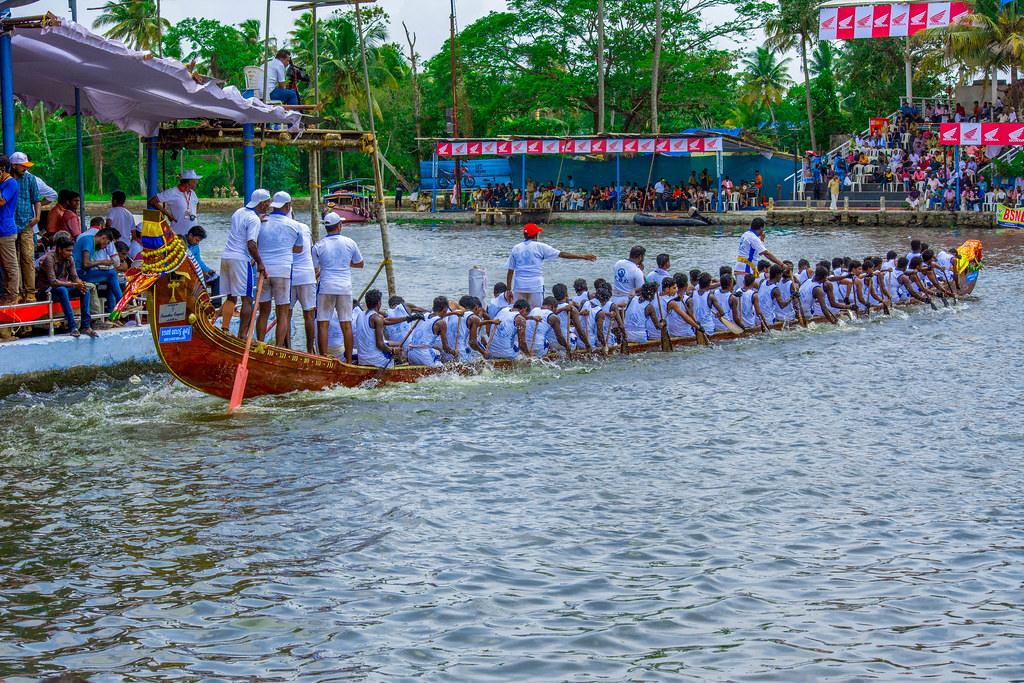
Punnamada Lake in Alappuzha (Alleppey) transforms into India’s most spectacular water stadium for the iconic Nehru Trophy Boat Race. This legendary snake boat race in Kerala, also known locally as Vallam Kali, isn’t just a sporting event – it’s a cultural phenomenon that showcases Kerala’s deep connection to water and tradition. Thousands of spectators line the shores of Alappuzha to cheer for teams representing various villages, adding a festive buzz to the monsoon air. Taking place during the peak of the Kerala monsoon season, when the backwaters are at their most lush and scenic, the race turns Alleppey’s Punnamada Lake into a visual and auditory spectacle. What makes the Nehru Trophy Boat Race truly special is how it fuses athleticism, music, tradition, and the raw beauty of Kerala’s monsoon. The combination of grey skies, emerald waters, and the rhythmic splash of oars offers a sensory experience that’s both exhilarating and deeply rooted in Kerala’s heritage.
Onam Festival in Kerala: A Grand Celebration of Culture, Traditions, and Harvest
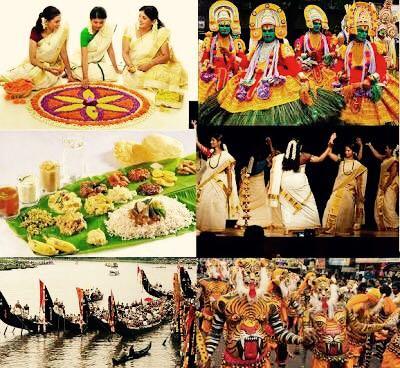
While Onam falls toward the end of the monsoon season in Kerala (August–September), it beautifully captures the abundance and joy that rain brings to “God’s Own Country.” This 10-day Onam celebration is Kerala’s grandest harvest festival, rooted in the legend of King Mahabali’s return, symbolising prosperity, unity, and cultural pride. The Onam festival in Kerala transforms the state into a vibrant visual spectacle. Women create elaborate pookalam floral designs outside their homes, competing in artistry and creativity. Men engage in traditional sports and cultural competitions, with the famous Vallamkali snake boat race stealing the spotlight during this festive period. And no celebration is complete without the grand Onam Sadya feast. Served on banana leaves, this traditional vegetarian feast in Kerala features over 25 delicacies like avial, olan, thoran, and payasam, showcasing the depth and diversity of Kerala cuisine. It’s a glowing example of Kerala’s cultural richness and communal harmony, making it one of the best times to experience the region’s vibrant traditions.
Also read: Guide to the Most Famous Festivals of India
Ganesh Chaturthi in Maharashtra: A Vibrant Celebration of Devotion and Culture
As the monsoon begins its retreat in late August or early September, Maharashtra comes alive with the vibrant celebration of Ganesh Chaturthi, the beloved festival of Lord Ganesha. What started as a private household tradition has transformed into one of India’s most spectacular public festivals, especially in Mumbai, where Ganesh Chaturthi celebrations are at their grandest. The festival culminates in the highly anticipated Ganpati Visarjan (idol immersion), when massive processions wind through streets, accompanied by dhol drums, dancing, and chants of “Ganpati Bappa Morya!”. These vibrant Ganesh Chaturthi processions fill the atmosphere with energy and devotion, as idols are immersed in nearby rivers, lakes, or the Arabian Sea.
Raksha Bandhan in India: Celebrating the Bond Between Brothers and Sisters
Falling in August during the sacred Shravan month, Raksha Bandhan—also known as the Rakhi festival in India—offers a tender, heartfelt pause amidst the monsoon’s intensity. This cherished festival celebrates the bond between brothers and sisters through a simple yet profound rakhi tying ceremony, where a sister ties a decorative rakhi thread on her brother’s wrist, and in return, he promises to protect her for life. As the Raksha Bandhan celebration approaches, markets bustle with colourful rakhi designs—from cartoon-themed bands for kids to designer rakhis adorned with semi-precious stones. Brothers traditionally give gifts or money in return, sparking a rush of creativity in Rakhi gift ideas for sisters, while sisters also plan Rakhi gift ideas for brothers. Families come together to enjoy special festive meals, reviving age-old Raksha Bandhan traditions.
What makes this festival especially charming in today’s world is its emotional depth. In an increasingly fast-paced and disconnected era, Raksha Bandhan creates a genuine moment of connection, reminding siblings to pause, reflect, and celebrate their lifelong bond, making it one of the most meaningful and loved festivals in Indian culture.
Also read: Monsoon Festivals in India: An Extravagant Celebration of Rain & Culture
Puri Rath Yatra: Witness Odisha’s Grand Chariot Festival of Lord Jagannath
When the monsoon clouds gather over Odisha in June or July, the coastal town of Puri comes alive with one of Hinduism’s most ancient and massive celebrations — the Jagannath Rath Yatra. This spectacular Rath Yatra festival in Puri features three enormous wooden chariots, each carrying Lord Jagannath (a form of Krishna), his brother Balabhadra, and sister Subhadra. Thousands of devotees pull these majestic chariots of Rath Yatra through the streets in a grand procession. What makes Jagannath Rath Yatra particularly remarkable is its inclusivity. This unique feature makes the festival one of the most significant and inclusive festivals in India.
Janmashtami in India: Celebrating the Birth of Lord Krishna with Devotion and Festivities
August brings the vibrant Janmashtami festival, marking Lord Krishna’s birthday during a stormy monsoon night. While Janmashtami is celebrated across India, the festivities in Mathura and Vrindavan—Krishna’s birthplace and childhood home—are particularly spectacular, drawing thousands of devotees each year. In Maharashtra, the festival takes a thrilling turn with the Dahi Handi celebration, where teams form human pyramids to break clay pots filled with yoghurt, suspended high above the streets. This reenacts Krishna’s childhood mischief of stealing butter. The Dahi Handi pyramid competition has become a popular and high-energy event, drawing huge crowds who cheer on participants as they climb to daring heights.
Nag Panchami in India: A Traditional Festival Honouring the Serpent Deities
As the monsoon brings reptiles out of hiding, Nag Panchami festival forms a fascinating bridge between primal fear and deep reverence. Celebrated across India in July–August, this ancient festival for snake’s honours serpent deities, believed to control rain, fertility, and protect families from harm. The significance of Nag Panchami lies not only in its religious rituals but also in its deep-rooted ecological symbolism. In Maharashtra, Nag Panchami celebrations include snake charmers who go door-to-door with real snakes, receiving alms and blessings—a rare blend of folk tradition and religious practice. In Karnataka, the rituals take a creative turn, with families crafting dough snake idols for elaborate home worship, reflecting unique regional traditions of Nag Panchami. What makes Nag Panchami truly remarkable is how it showcases India’s complex relationship with nature. This festival transforms fear into veneration, turning the serpent into a symbol of divine energy. It promotes ecological awareness through religious practice, centuries before environmentalism became a global movement, making it one of the most unique and nature-centric rainy season festivals.
Hemis Festival in Ladakh: A Spectacular Celebration of Tibetan Culture and Spirituality
While most of India embraces the southern monsoon, this Himalayan region of Ladakh offers a starkly different experience. With its minimal rainfall from westerly disturbances, it becomes the perfect setting for the Hemis Festival Ladakh, held in June–July at one of the world’s highest monasteries. This vibrant Buddhist festival in Ladakh commemorates Guru Padmasambhava (also known as Guru Rinpoche), the spiritual master who brought Buddhism to Tibet and the Himalayan belt. For two days, the Hemis Monastery Festival transforms the ancient courtyard into a spectacle of colour, music, and spirituality. Monks perform the mesmerising Cham dance in Ladakh, donning elaborate masks and traditional robes to depict deities, demons, and mythological tales. These sacred Buddhist mask dances are not just performances, but meditative rituals meant to purify negativity and invite blessings. For those seeking spiritual festivals in India or exploring Ladakh culture and festivals, Hemis is a rare glimpse into a tradition that remains untouched by modernity. It’s not just a celebration; it’s a unique monsoon travel experience in India, a living testament to centuries-old Buddhist practices that continue to thrive in this remote corner of the Himalayas.
Ganga Dussehra: Celebrating the Holy Descent of the Ganges in India’s Sacred Cities
As summer heat reaches its peak in May–June, North Indian cities along the river come alive with the celebration of Ganga Dussehra, a significant Hindu festival for the river Ganga. This auspicious occasion commemorates the mythological descent of the Ganga River from heaven to earth, symbolising divine cleansing and renewal. Among all places, Ganga Dussehra in Varanasi stands out as the most elaborate, drawing thousands to the ghats (riverfront steps) for ritual bathing in the Ganga before dawn. What makes Ganga Dussehra particularly poignant is its growing environmental significance. This Ganga River festival now serves as both a religious observance and a reminder of the cultural and ecological importance of India’s most sacred river. It has become one of the key festivals highlighting water conservation in India, urging communities to preserve the lifeline of North India not only spiritually but also environmentally.
Where to Stay During Monsoon Festivals Across India
The White Sands-Goa



Shalom Villa-Alleppey
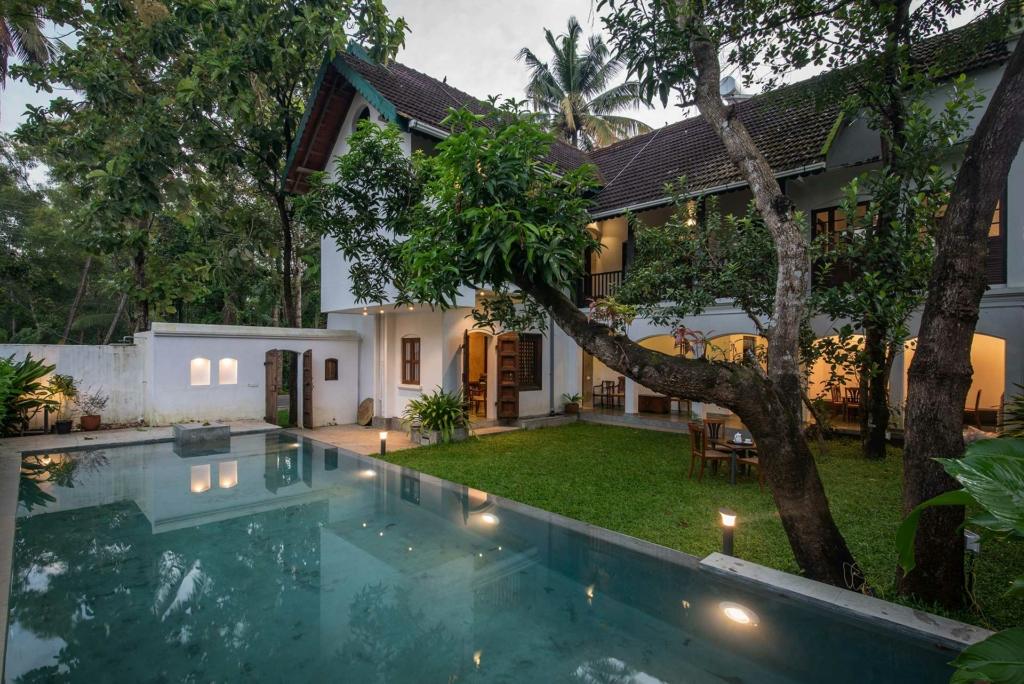
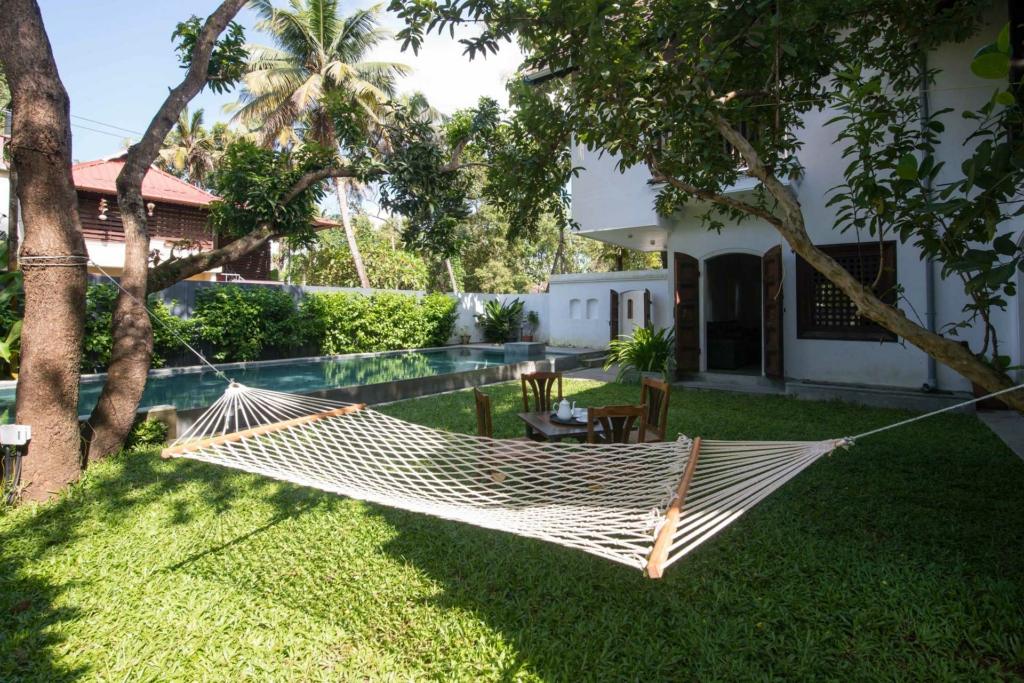
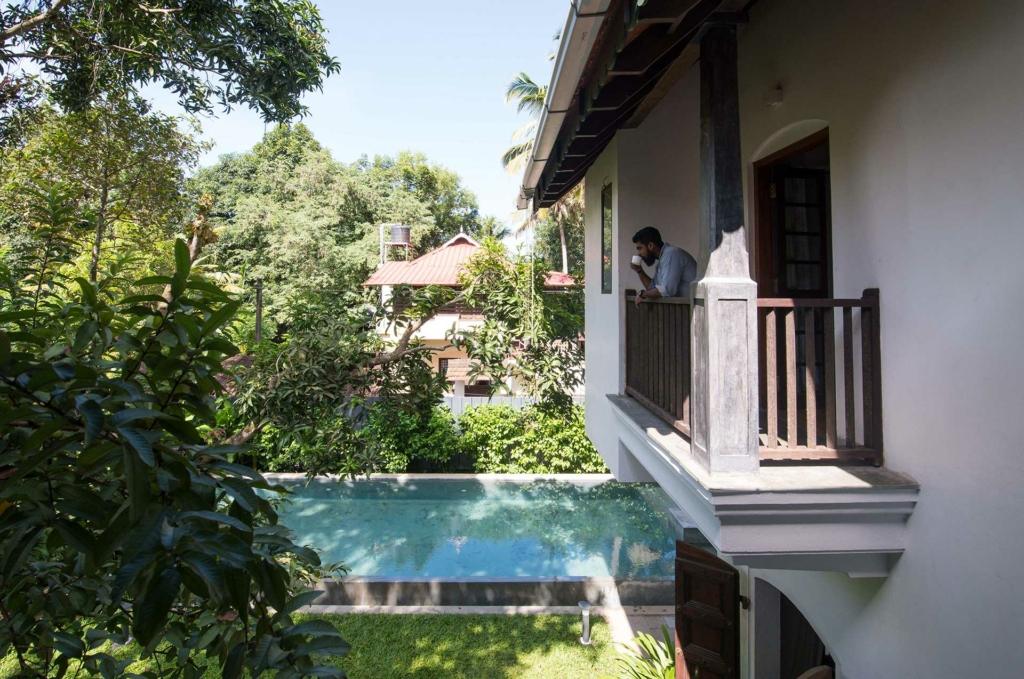
Under The Stars-Ooty
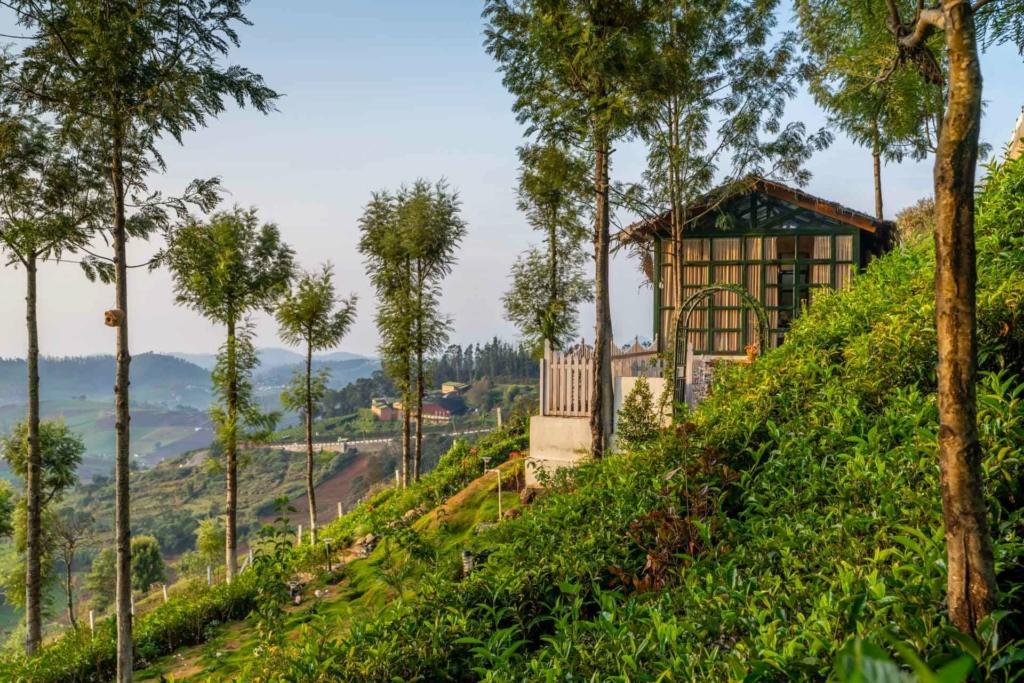

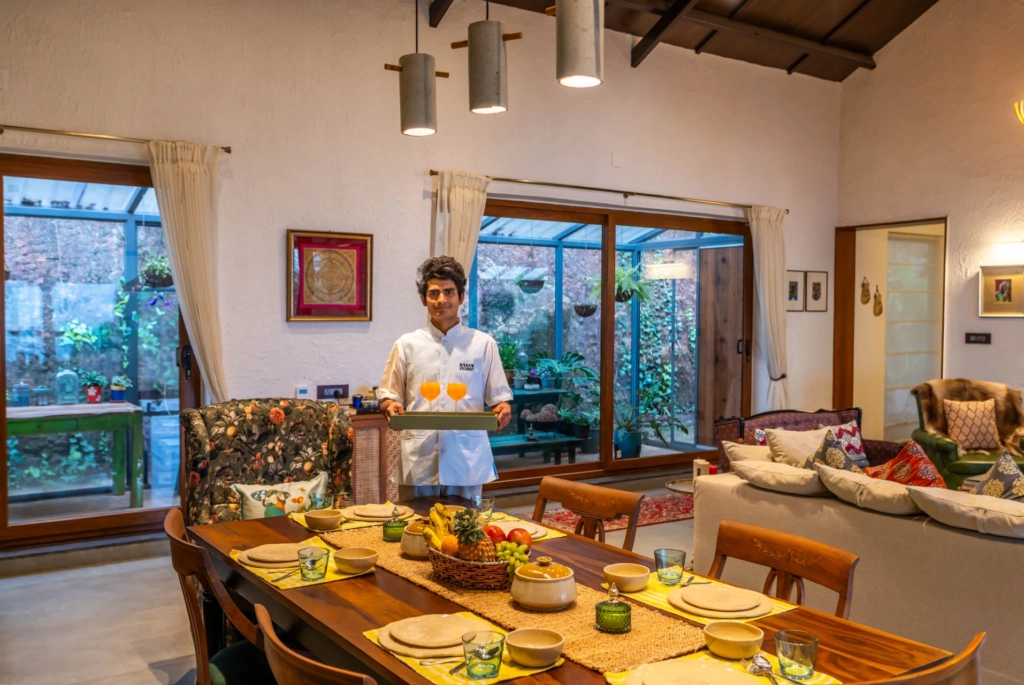
Arcadian Manor-Varanasi
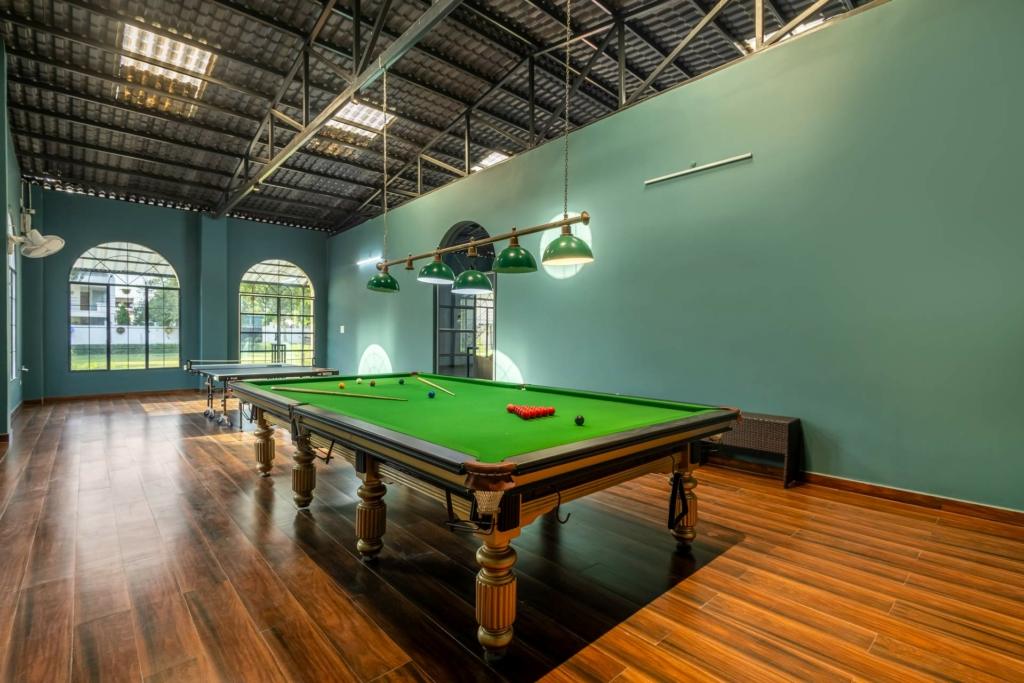
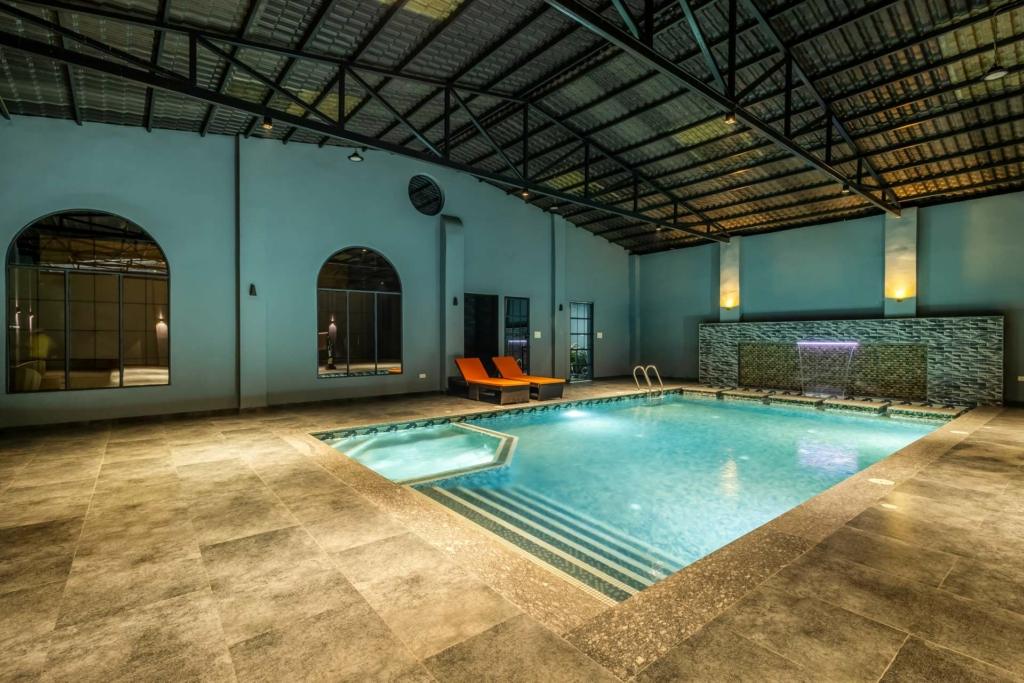
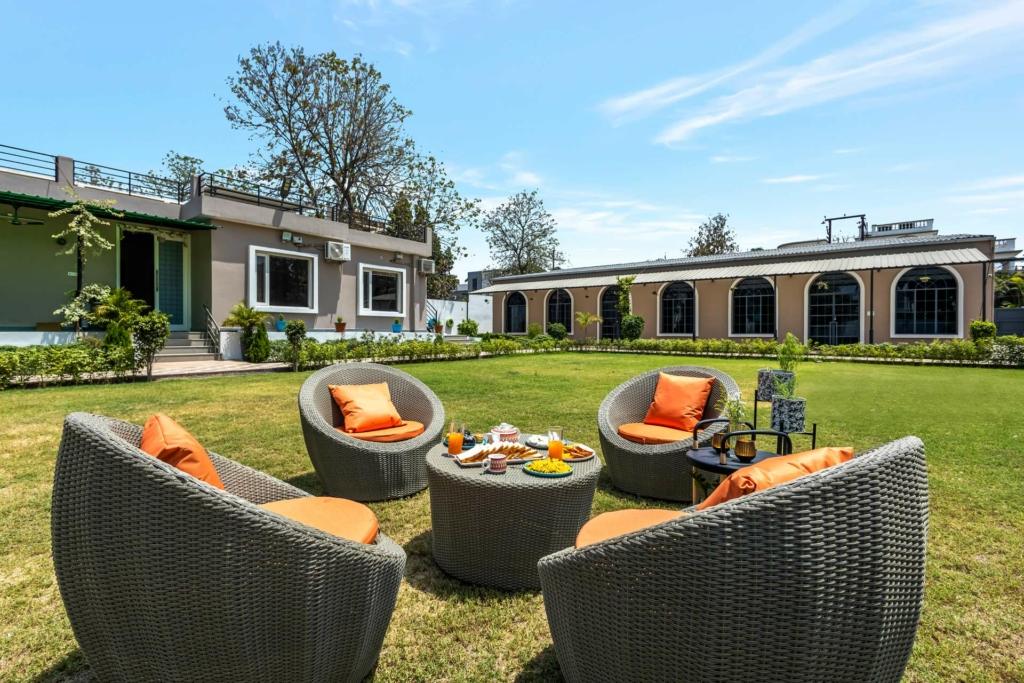
Goil Farms – Shahpur
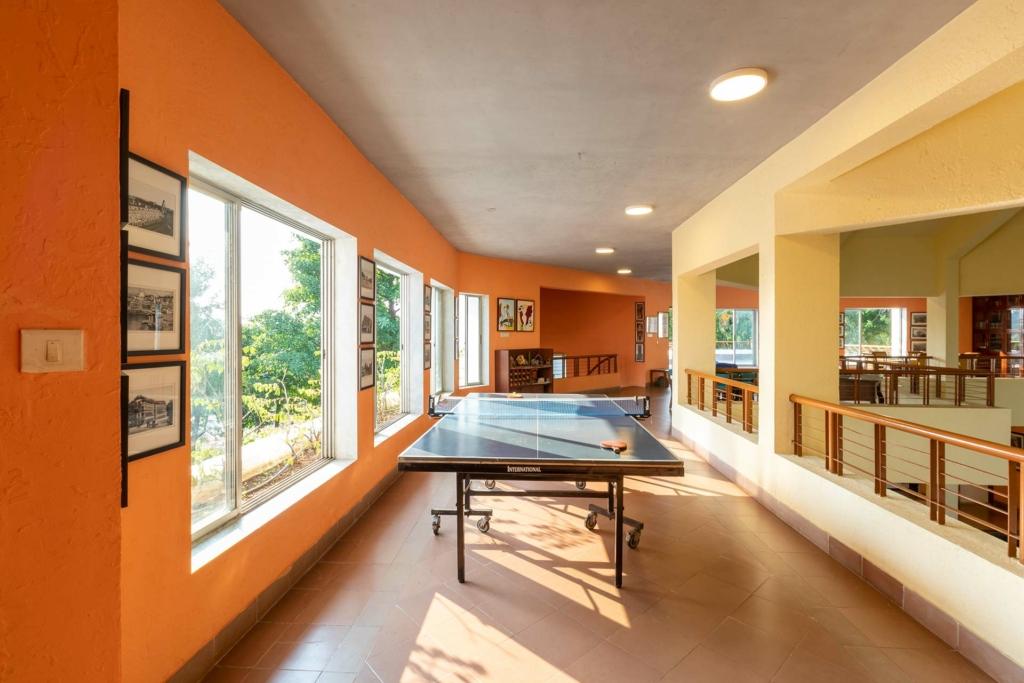
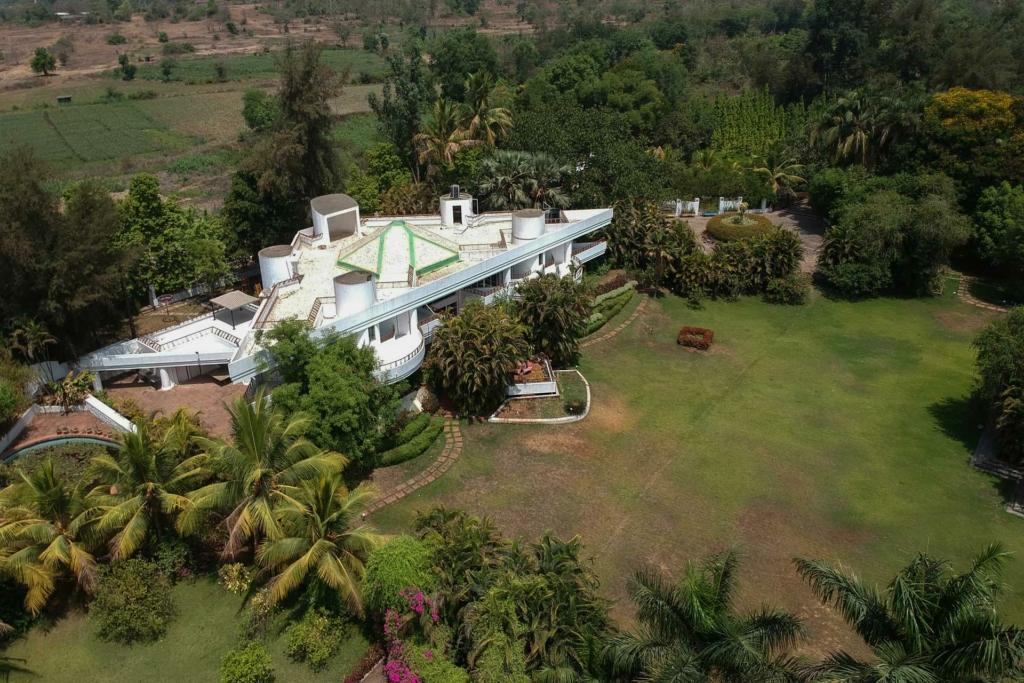
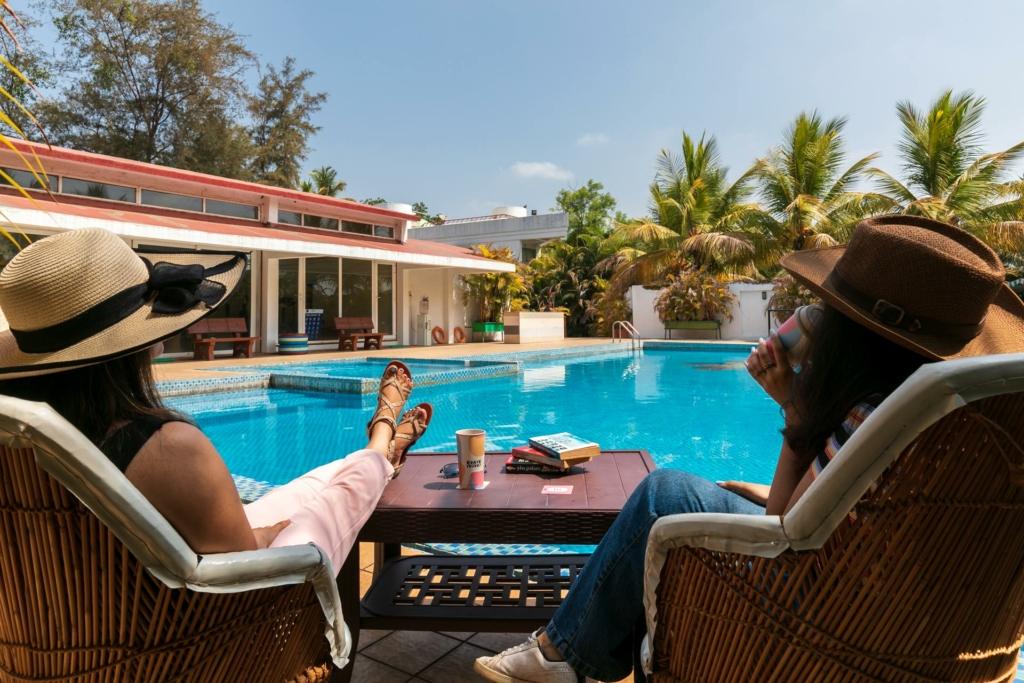
Written by: Elita Almeida
Image credit banner: sandeepacheta via flickr



